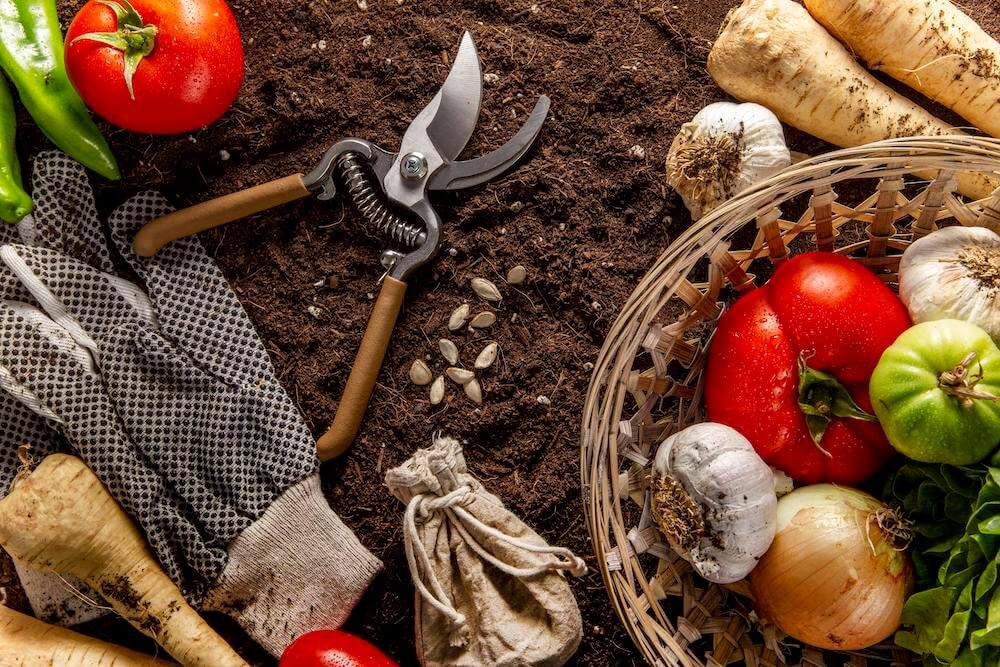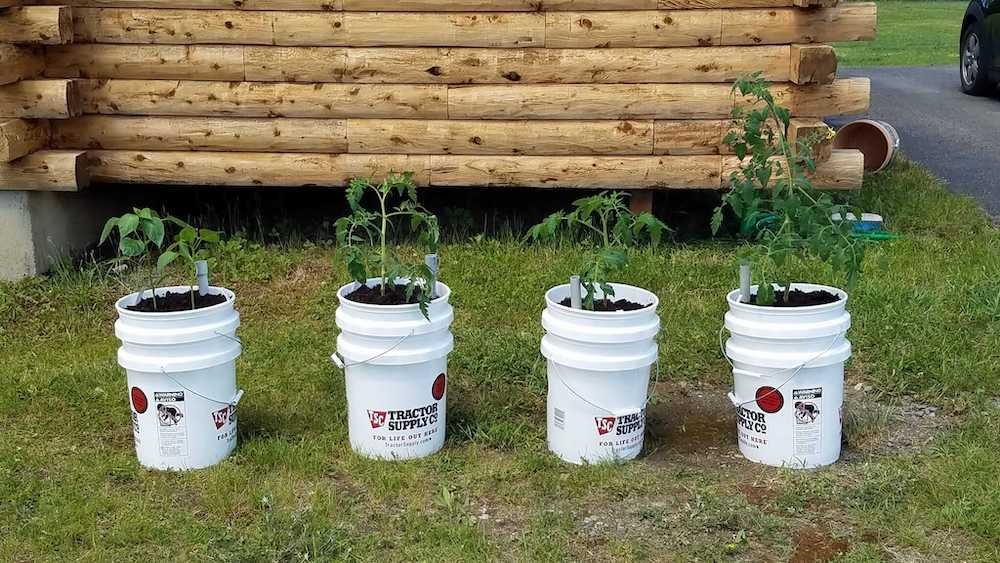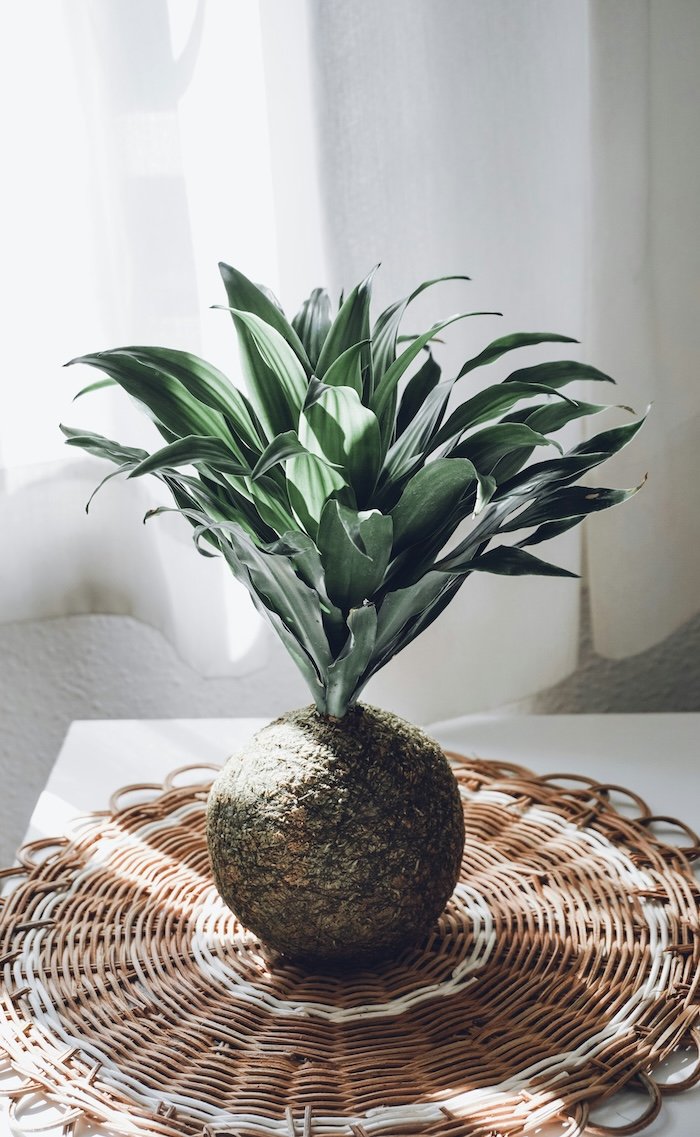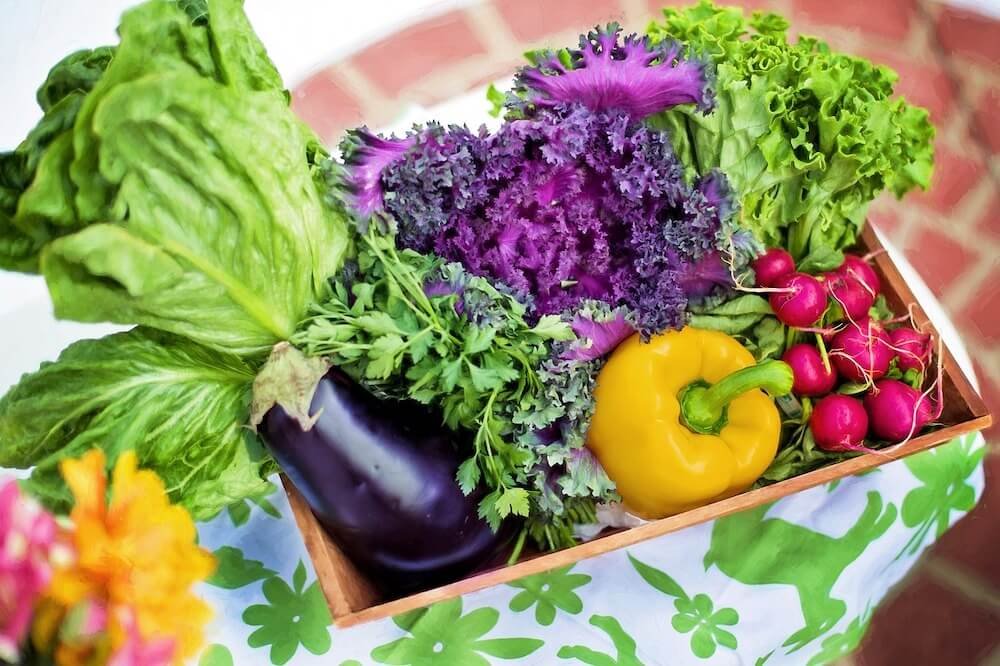Brewing Better Blooms: A Guide to Using Compost Tea
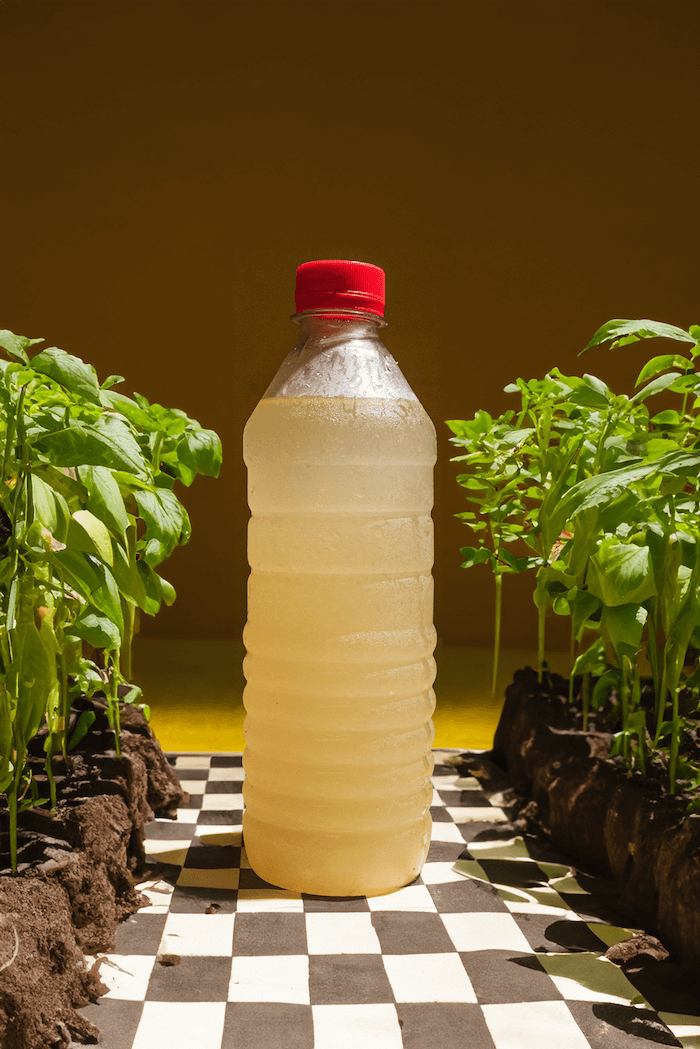
Want to grow some truly amazing flowers? Or maybe you just want your plants to be super healthy and strong. Well, there’s this really cool, natural trick called compost tea. It’s basically like a power drink for your garden, made from stuff you probably already have. Using compost tea can make a big difference in how well your plants do.
Key Takeaways
- Compost tea is a liquid mix that helps your plants and soil in a natural way.
- You can make compost tea at home with some basic items.
- There are different ways to brew it, like using air or not.
- Applying compost tea at the right time helps your plants a lot.
- It can make your plants healthier and help fight off bad bugs and diseases.
What Exactly Is Compost Tea?
The Magic Behind the Brew
Okay, so what is compost tea? Simply put, it’s like brewing a super-powered beverage for your plants. It’s essentially a liquid extract made by steeping compost in water. Think of it as a concentrated dose of beneficial microbes and nutrients, all ready to give your garden a boost. We like to think of it as a natural alternative to those store-bought fertilizers, but with a lot more oomph.
Aerated Versus Non-Aerated: What’s the Difference?
When you start looking into compost tea, you’ll quickly find there are two main camps: aerated and non-aerated. Aerated compost tea (ACT) involves bubbling air through the mixture, usually with an aquarium pump or something similar. The idea is to keep the beneficial aerobic bacteria happy and thriving. Non-aerated tea, on the other hand, is a simpler process – just compost, water, and time. There’s a lot of debate about which method is better, but here’s a quick breakdown:
- Aerated: Requires equipment, promotes aerobic bacteria, potentially faster brewing.
- Non-Aerated: Simpler, less equipment needed, may have a longer brewing time.
- Both: Extract nutrients and microbes from compost into a liquid form.
Ultimately, the best method depends on your resources and preferences. Some gardeners swear by aerated tea, while others find non-aerated tea to be just as effective. Experiment and see what works best for you!
Why Your Garden Needs Compost Tea
So, why should you even bother with compost tea? Well, the benefits are pretty impressive. For starters, it’s a fantastic way to add extra nutrients to your soil. But more than that, it can seriously boost the microbe population in your soil. We’re talking about the good guys – the bacteria and fungi that help your plants absorb nutrients and fight off disease. Plus, it’s a great way to use up that finished compost you’ve been working so hard on. Here are a few key reasons to consider using compost tea:
- Provides readily available nutrients to plants.
- Increases beneficial microbial activity in the soil.
- Can be used as a foliar spray to protect against diseases.
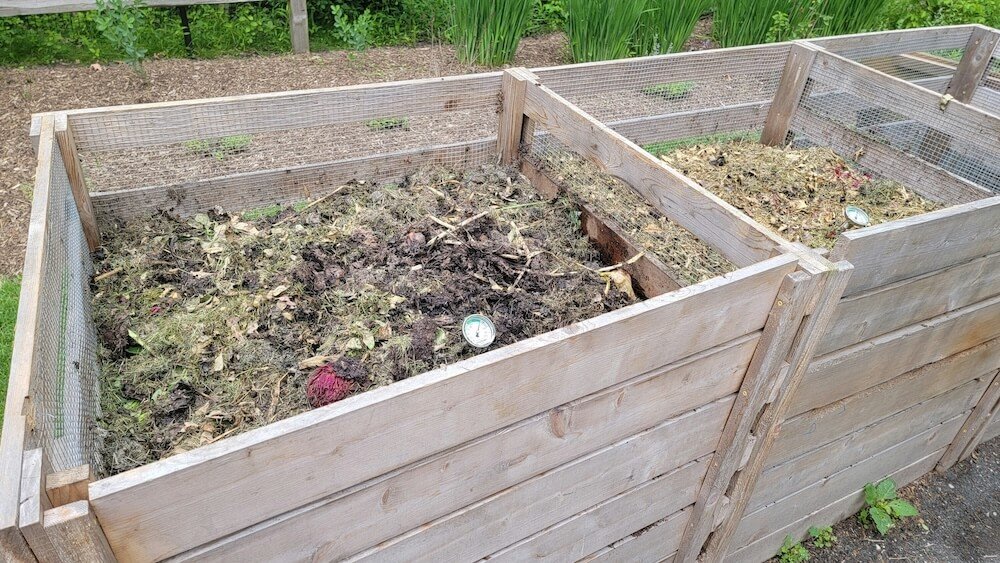
Brewing Your Own Compost Tea
Alright, let’s get down to the nitty-gritty of brewing our own compost tea. It’s not as intimidating as it sounds, trust us. With a few simple steps and the right ingredients, we can whip up a batch of liquid gold for our gardens. We’ve found that the satisfaction of using something we’ve created ourselves is just as rewarding as the results we see in our plants.
Gathering Your Brewing Essentials
First things first, we need to gather our supplies. Think of it like prepping for a cooking show, but instead of a delicious meal, we’re making a nutrient-rich elixir for our plants. Here’s a quick rundown of what we’ll need:
- A five-gallon bucket: This will be our brewing vessel. Make sure it’s clean!
- An air pump and air stone: Oxygen is key for happy microbes. The kind you’d use for an aquarium works great.
- A mesh bag or nylon stocking: To hold our compost and prevent it from making a mess.
- Dechlorinated water: Tap water can harm the beneficial bacteria, so we need to remove the chlorine. Letting water sit out for 24 hours usually does the trick.
- And of course, high-quality compost: This is the heart of our tea. Make your own compost if you’re feeling ambitious!
Simple Steps to a Successful Brew
Now that we have our gear, let’s get brewing! Here’s our tried-and-true method:
- Fill the bucket with dechlorinated water.
- Place the air stone at the bottom of the bucket and turn on the air pump. We want those bubbles flowing!
- Fill the mesh bag with compost and submerge it in the water. Think of it like making a giant tea bag.
- Let the mixture brew for 24-36 hours, stirring occasionally. We want to give those microbes plenty of time to multiply.
- After brewing, remove the compost bag and let the solids drain back into the bucket. We don’t want to waste any of that goodness.
- Use your compost tea immediately or within a few hours for the best results. It’s a live culture, so it won’t stay potent forever.
Key Ingredients for a Potent Potion
While compost is the main ingredient, we can add other goodies to boost the nutritional value of our tea. Here are a few of our favorites:
- Molasses: A source of simple sugars to feed the microbes. We usually add about a tablespoon per five gallons.
- Kelp meal: Rich in micronutrients and growth hormones. A tablespoon or two is all we need.
- Fish emulsion: Provides a boost of nitrogen and other nutrients. Use sparingly, as it can have a strong odor.
Remember, the key to a great compost tea is experimentation. Don’t be afraid to try different combinations of ingredients to see what works best for your plants. We’ve found that our gardens respond differently to various recipes, so it’s all about finding the right balance.
We’ve found that using worm castings can also be a great addition to your compost tea. They’re packed with beneficial microbes and nutrients that plants love.
Recipes for a Blooming Garden
Let’s get into some specific recipes to help your garden flourish. We’ve experimented with a few different blends, and these are some of our favorites for boosting blooms.
The Bloom Cycle Boost
This recipe is designed to give your plants an extra push during their flowering stage. It’s all about providing the right nutrients at the right time.
- 1 cup of high-quality compost
- 2 tablespoons of unsulphured molasses
- 1 tablespoon of bone meal
- 5 gallons of dechlorinated water
Brew this for 24-36 hours, and you’ll have a tea that’s rich in phosphorus and potassium, which are key for flower development. We’ve seen great results using this on our tomatoes and roses.
Worm Casting Wonders
Worm castings are like black gold for your garden. They’re packed with beneficial microbes and nutrients. This recipe is simple but incredibly effective.
- 1 cup of worm castings compost tea
- 1 tablespoon of fish emulsion
- 5 gallons of dechlorinated water
Brew for 24 hours. The fish emulsion adds an extra boost of nitrogen, which helps with overall plant health. We often use this as a general tonic for our garden, and it always seems to perk things up.
Customizing Your Compost Tea
One of the best things about making your own compost tea is that you can tailor it to your specific needs. Don’t be afraid to experiment with different ingredients. Here are a few ideas:
- For extra potassium, add banana peels to your compost.
- For a boost of calcium, crush eggshells and add them to the brew.
- If you’re dealing with a specific nutrient deficiency, research natural sources of that nutrient and add them to your tea.
Remember to always start with a good base of compost and dechlorinated water. From there, the possibilities are endless. Just be sure to keep an eye on your plants and adjust your recipes as needed. We’ve found that a little experimentation can go a long way in creating the perfect compost tea for your garden.

Applying Your Compost Tea
Okay, so you’ve brewed your compost tea. Now what? Getting it onto your plants the right way is just as important as brewing it correctly. We’ve found that the method and timing can really make a difference in how effective it is.
Foliar Feeding or Root Drenching?
There are two main ways to apply your compost tea: foliar feeding and root drenching. Foliar feeding involves spraying the tea directly onto the leaves of your plants. This is great for quick absorption of nutrients and can help combat foliar diseases. Root drenching, on the other hand, involves pouring the tea around the base of the plant, allowing it to soak into the soil and reach the roots. This method is excellent for improving soil health and promoting strong root growth. Both methods have their advantages, and the best choice depends on your specific goals. For example, soil preparation is key for blueberries, so root drenching would be ideal.
Dilution Ratios for Optimal Results
Dilution is key to avoiding nutrient burn and maximizing the benefits of your compost tea. A general guideline is to dilute your tea with water until it reaches a light brown color, similar to weak tea. A common ratio is 1 part compost tea to 4 parts water, but this can vary depending on the strength of your brew. If your tea is particularly potent, you might need to dilute it even further. Always err on the side of caution and start with a higher dilution ratio, especially when foliar feeding. We usually start with a 1:5 ratio for foliar applications and adjust as needed.
Timing Is Everything: When to Apply
Timing your compost tea applications can significantly impact their effectiveness. We’ve found that early morning or late evening are the best times to apply, as the temperatures are cooler, and the plants are less likely to experience leaf burn. Avoid applying during the hottest part of the day. Also, consider the weather forecast. It’s best to apply when there’s no rain in the immediate forecast, as rain can wash away the tea before it has a chance to be absorbed. For bloom cycles, we like to apply compost tea once every two weeks.
We’ve learned that consistency is key. Regular applications, even at lower concentrations, are often more effective than infrequent, high-concentration doses. Think of it as giving your plants a regular boost of beneficial microbes and nutrients, rather than a one-time shock treatment.
Benefits Beyond the Bloom
Okay, so you’re brewing compost tea, and you’re probably thinking about bigger, brighter flowers, right? Totally get it. But the cool thing is, the benefits go way beyond just pretty blooms. We’re talking about a whole ecosystem boost for your garden.
Boosting Plant Health and Immunity
Think of compost tea as a vitamin shot for your plants. It’s packed with beneficial microbes that help plants absorb nutrients more efficiently. This makes them stronger and more resistant to diseases. It’s like giving them a little army to fight off the bad guys. We’ve noticed our plants are way less stressed out since we started using it. It’s a game changer, really. Plus, a healthy plant is a happy plant, and a happy plant gives you better results, whether it’s bigger tomatoes or more vibrant roses. It all starts with a strong foundation, and that’s what compost tea provides.
Enhancing Soil Life and Structure
Compost tea isn’t just about feeding the plants; it’s about feeding the soil too. The microbes in the tea help break down organic matter, which improves soil structure. This means better drainage, better aeration, and a happier home for all those beneficial soil critters. It’s like building a condo for earthworms and other good guys. A healthy soil food web is key to long-term garden success. We’ve seen our soil become richer and darker over time, and that’s all thanks to the power of compost tea. It’s a long-term investment in your garden’s health.
Natural Pest and Disease Defense
One of the best things about compost tea is that it can help your plants naturally defend themselves against pests and diseases. The beneficial microbes in the tea compete with harmful pathogens, making it harder for them to take hold. It’s like creating a shield around your plants. We’ve found that we need to use way less chemical pesticides since we started using compost tea. It’s a much more sustainable and eco-friendly way to keep our garden healthy. Plus, it’s safe for us, our pets, and the environment. It’s a win-win situation. If you want to learn more, consider reading about banana peels as fertilizer to boost your garden’s natural defenses.
Using compost tea is like giving your garden a probiotic boost. It introduces a diverse range of beneficial microorganisms that work together to create a healthier, more resilient ecosystem. This, in turn, reduces the need for synthetic fertilizers and pesticides, making your garden more sustainable and environmentally friendly.
Troubleshooting Your Compost Tea
Let’s face it, sometimes things go wrong. Even with the best intentions, our compost tea might not turn out exactly as planned. But don’t worry, we’re here to help you diagnose and fix common issues so you can get back to brewing better blooms.
The Smell Test: Is Your Tea Still Good?
The easiest way to tell if your compost tea has gone bad is by its smell. A healthy brew should have a mild, earthy aroma. If it smells putrid, like rotten eggs, or has a strong, unpleasant odor, it’s likely gone anaerobic and should be discarded. This usually indicates an imbalance in the brewing process, often due to lack of oxygen or an overgrowth of undesirable bacteria. Trust your nose – it’s the best indicator!
Shelf Life and Storage Tips
Compost tea is best used immediately after brewing. The beneficial microbes are most active and abundant right after the brewing process. However, if you need to store it, here are a few tips:
- Use it within 4-6 hours of finishing the brew for optimal results.
- If you must store it, keep it aerated with an air pump to maintain microbial activity.
- Store it in a cool, dark place to slow down microbial decline.
Storing compost tea for extended periods, even with aeration, will diminish its effectiveness. The longer it sits, the more the microbial population declines, reducing its benefits for your plants. Think of it like fresh juice – best consumed right away!
When to Toss Your Brew
Knowing when to throw away a batch of compost tea is just as important as knowing how to brew it. Here are some signs that your tea is no longer good and should be discarded:
- Foul Odor: As mentioned earlier, a putrid or rotten smell is a clear indication of anaerobic activity and harmful bacteria.
- Slime or Scum: The presence of a thick slime or scum on the surface of the tea suggests an overgrowth of undesirable microorganisms.
- Extended Storage: If your tea has been sitting for more than 24 hours, even with aeration, it’s best to discard it and brew a fresh batch. The microbial life will have significantly diminished.
Don’t be discouraged if you have to toss a batch. It’s all part of the learning process! With a little practice, you’ll be brewing perfect compost tea in no time.
DIY Versus Commercial Brewers
Building Your Own Brewing System
So, you’re thinking about building your own compost tea brewer? Awesome! It’s totally doable and can save you some serious cash. We’ve found that a good starting point is figuring out the scale you need. Are we talking about a small backyard garden or something bigger? For smaller gardens, a 5-gallon bucket setup with an aquarium pump can work wonders. But if you’ve got more ground to cover, you might want to consider a 55-gallon drum.
Here’s a basic rundown of what you’ll need for a DIY 50-gallon brewer:
- A 55-gallon plastic food-grade barrel (check local food processing plants – they often sell them cheap!).
- PVC pipe (around 8 feet of 1/2-inch).
- A good air pump (60 liters per minute is a solid benchmark).
- Braided air hose (8-10 feet).
- A brew bag to hold your compost.
Remember to clean everything thoroughly before you start brewing! You don’t want any unwanted contaminants messing with your tea.
Exploring Commercial Compost Tea Brewers
Okay, so maybe DIY isn’t your thing, and that’s totally fine! Commercial compost tea brewers can be a great option if you want something that’s ready to go and often comes with some cool features. The downside? They can be a bit pricey. There are a few different types out there, like conical brewers, which are easy to clean and produce high-quality tea. Vortex brewers are another option, but cleaning them can be a pain because of all the extra hoses. IBC tote brewers are also available, but they require a regenerative blower to agitate the water, which can add to the cost.
Economical Solutions for Every Gardener
No matter your budget, there’s a compost tea brewing solution for you. If you’re on a tight budget, a DIY setup is definitely the way to go. You can often find used barrels for cheap, and an air pump is your biggest expense. On the other hand, if you’re willing to invest a bit more, a commercial brewer can save you time and effort. Consider your needs and resources when making your decision. Here’s a quick comparison:
| Feature | DIY Brewer | Commercial Brewer |
|---|---|---|
| Cost | Lower (around $125-$150) | Higher (can range from hundreds to thousands) |
| Effort | More hands-on | Less hands-on |
| Customization | Highly customizable | Limited customization |
| Cleaning | Can be simpler, depending on the design | Can be more complex, depending on the design |
Wrapping It Up
So, there you have it. Making your own compost tea might seem a bit much at first, with all the talk about bubblers and special ingredients. But honestly, it’s pretty simple once you get the hang of it. Think of it as giving your plants a super-powered drink that helps them grow strong and healthy. You’ll see more flowers, and your garden will just look happier. Plus, it’s a natural way to do things, which is always a win. Give it a shot; your plants will thank you.
Frequently Asked Questions
What exactly is compost tea?
Compost tea is a liquid made by soaking compost in water. It’s like a nutrient-rich drink for your plants, full of tiny living things that help your garden grow strong and healthy. Think of it as a natural fertilizer that also boosts the good germs in your soil.
How do I make compost tea?
You can make compost tea by putting good quality compost into a bucket of water. For a simple non-aerated tea, just stir it often for about a week. If you want an aerated tea, you’ll need an air pump (like for a fish tank) to keep bubbles flowing through the mix. The aerated kind is said to have more helpful microbes.
What are the benefits of using compost tea?
Compost tea helps plants in many ways. It gives them extra food, makes the soil healthier by adding good microbes, and can even help plants fight off pests and diseases. It can lead to more flowers, bigger harvests, and tastier fruits and vegetables.
How should I apply compost tea to my plants?
You can either spray compost tea directly onto the leaves of your plants (called foliar feeding) or pour it around the base of the plants so it soaks into the soil (called root drenching). Both methods work well, and you can even do both!
How long does compost tea last?
It’s best to use your compost tea within 24 to 30 hours after it’s finished brewing, especially if it’s an aerated tea. After that, the good microbes might start to die off. If your tea starts to smell bad, like vomit, it’s time to throw it out and make a fresh batch.
Should I build my own compost tea brewer or buy one?
You can make your own compost tea brewer using simple things like buckets and an air pump, which is often very cheap. Or, you can buy ready-made compost tea brewers. Both options can give you great results, and the best choice depends on how much you want to spend and how much tea you plan to make.





